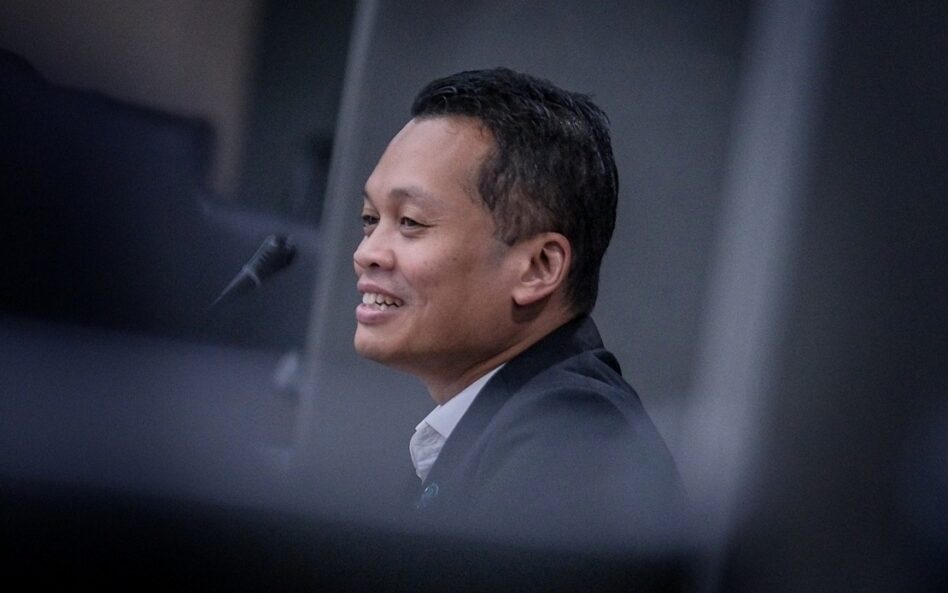By YS Chan
ALTHOUGH costs of a university education range from a few thousand ringgit to hundreds of thousands, few working adults would pay a few hundred ringgits for training that could boost their careers or change their lives for the better.
Sadly, learning culture is poor in our country. In seminars opened to the public, participants were usually sent by their organisations and participants were happy with welcome breaks from routine work. Few actually planned to make full use of the opportunity to learn and perform much better.
This is evident when they make no effort to prepare questions or raise issues for trainers to answer or expound.
Many so-called training programmes were not effective as trainers spent most of the time lecturing and spoon-feeding answers, and participants busy trying to understand and remember what was said. Programmes loaded with tons of facts and figures only look good on paper.
But superficial understanding of information is not useful knowledge. With little application, they will soon be forgotten. For programmes to be effective, learning outcomes must be spelled out from the very beginning and the level of achievement assessed towards the end of training.
I have developed and conducted several training programmes for tourism industry personnel nationwide. Towards the end of my training, participants were required to identify and declare by pledging on how they could do better at work and at home, immediately after training.
To learn well, one must start with an open mind and acknowledge the fact that most of what we know are outdated, superseded, inaccurate or incomplete.
During training, everyone should not be overly serious, lest it becomes boring. Trainers should make it fun by injecting humour or generating interests. It could start with something to open the hearts and minds of participants, such as using the Johari Window.
Those who have not heard about Johari Window may think it is like Microsoft Windows and developed by Johari but is totally different. It is a simple but effective technique for people to better understand their relationship with themselves and others.
It was created by two American psychologists Joseph Luft and Harrington Ingham in 1955, and the name Johari came from joining Joseph and Harrington. To illustrate the technique, I would first draw a large square on the whiteboard and then divide it into four smaller squares.
Each square or window signifies personal information such as knowledge, feelings and motivation, and whether the information is known or unknown to oneself or others from four viewpoints. As all of us are different, the size of each window varies from person to person.
The top left window represents the “Open” area, which is known by oneself and to others. They include behaviours, attitudes, emotions, skills and opinions. The top right window is the “Blind” spot, which oneself cannot see but others can.
The bottom left window is the “Hidden” self, which is kept secret from others, and the bottom right window is the “Unknown” self, which no one knows until it is developed and discovered. After explaining all four windows, I will proceed to change the size of each.
The larger the “Open” area is, communications become more effectual and relationships more dynamic. The “Blind” spot gets smaller as one solicits and listens to feedbacks from others. Likewise, the “Hidden” self reduces in size as information is moved to the “Open” area.
Finally, I would shrink the sizes of “Open”, “Blind” and “Hidden” windows to as small as possible and fully enlarge the “Hidden” window, pointing out that most people have hardly developed their true potential, as they can be 10 or 100 times better than what they are today.
After telling participants that I can see what they can become within a few years, many would feel motivated.
Even the most junior staff were told to think and act like a manager from the first day at work. After two years and with the business running profitably, I would take up another new offer to set up yet another new business, empowering the staff to manage the company on their own.
Another method that I used to get participants to open their hearts and minds was by asking those who dream in colours to put up their hands. Initially, there would be no response, and I had to repeat the question and explain that all of us dream when we are asleep.
But we can only recall if we wake up while dreaming, which can be in the middle of the night or before getting up in the morning. Most people can remember at least part of their dreams but have never occurred to them whether they were in colour or black and white.
I could then see the puzzled look on the face of many participants as they just could not tell for sure, with some appearing to wonder why I asked a silly question. But usually by now, someone would raise a hand and I would ask what colour. Their answers have always been in full colours.
The first time I dreamed in colour was after reading an article in 1963. The same night, I dreamed a gold coin. In the same year, television broadcasting was introduced in Malaysia and for the first few years, many people watched TV from outside the windows of houses with one.
After informing the participants that colour TV was introduced in Malaysia in 1978, I would then tease them that if they were not dreaming in colours, it would be like watching black and white TV. My aim was to get them to realise and take concrete steps to know themselves better.
With their hearts and minds opened and resolved to unlearn and relearn what they know after realising their full potential is way much bigger than what they have ever imagined, many of my trainees have lived up to my slogan “Spend a day with me, it can change your life forever”. – March 15, 2021
YS Chan is Asean Tourism Master Trainer for travel agencies, master trainer for Travel & Tours Enhancement Course and Mesra Malaysia (both programmes under Ministry of Tourism, Arts and Culture). He is also a tourism and transport industry consultant and writer.
The views expressed are solely of the author and do not necessarily reflect those of Focus Malaysia.









